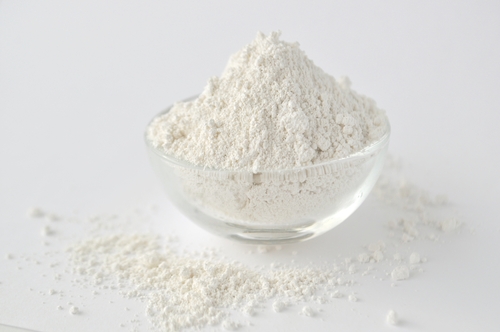4 Major Modification Technologies of Kaolin

Kaolin is widely used. With the continuous innovation of science and technology, all walks of life have higher requirements for various indicators of kaolin, especially the demand for high-quality kaolin in papermaking, coatings, rubber and other industries continues to increase. Modification of kaolin can change the physical and chemical properties of its surface, thereby enhancing its added value to meet the needs of modern new technology, new technology and new materials.
At present, the commonly used modification methods include calcination modification, acid-base modification, grinding and exfoliation refinement treatment, and intercalation and exfoliation modification.
1. Calcination modification
Calcination modification is the most commonly used and mature modification method in the kaolin industry, especially for coal series kaolin, the calcination modification can remove the organic matter and obtain high whiteness and high quality kaolin products. There are many factors that affect the calcined quality of kaolin. Raw material quality, raw material particle size, calcined system, calcined atmosphere and the selection of additives all have a significant impact on the quality of calcined kaolin.
Calcining kaolin will cause a certain change in its crystal structure. Under low-temperature calcination, part of the organic matter and physically adsorbed water in kaolin will gradually detach. When calcined to 500-900 ° C, kaolin will dehydroxylate, destroy the crystal structure, and become amorphous. The layered structure collapses, the specific surface area increases, and the activity also increases accordingly. The kaolin obtained by calcination at this temperature stage is called metakaolin. When the calcination temperature reaches about 1000°C, kaolinite undergoes a phase transformation to form an aluminum-silicate spinel structure; when the calcining temperature reaches above 1100°C, mullite transformation occurs.
2. Acid-base modification
The acid-base modification of kaolin can effectively improve the adsorption and reactivity of the powder surface. The calcined coal-based kaolin was modified with hydrochloric acid and sodium hydroxide respectively, and the treatment conditions corresponding to the best oil absorption value were obtained. Since the calcined kaolin formed tetrahedral Al with acid reactivity, after hydrochloric acid modification The leaching of Al element in kaolin greatly enriches the pore structure of kaolin; the modification of sodium hydroxide can leach Si element in calcined kaolin, which increases the small pore structure, because a part of SiO2 in kaolin is transformed into free SiO2 is easy to react with alkaline substances.
The leaching of metal oxide impurities in acid-modified kaolin can also enrich the pores of kaolin and further improve its important performance parameters such as pore size, particle size distribution, and specific surface area. With the increase of alkali treatment time, the pore size distribution of calcined coal-series kaolin becomes wider, the specific surface area decreases, the pore volume increases, and the cracking activity and selectivity increase.
3. Intercalation/exfoliation modification
The intercalation and exfoliation modification of kaolin and the preparation of ultrafine powder are an important means to improve the quality of kaolin, and it is of great significance to improve the plasticity, whiteness, dispersibility and adsorption of kaolin. The structure of kaolin is composed of silicon-oxygen tetrahedrons and aluminum-oxygen octahedrons, which are periodically and repeatedly arranged. It lacks expansibility, and it is difficult to intercalate with organic matter. Only a few organic molecules with small molecular weight and strong polarity can be inserted into the kaolin layer. , such as formamide, potassium acetate, dimethyl sulfoxide, and urea.
4. Grinding and peeling treatment
The particle size of kaolin is an important indicator. In the paper-making filler coating industry, the peeled kaolin is coated on the surface of the paper. These flakes of kaolin are interlaced, superimposed and parallel to the surface of the paper, and the paper will be smoother, whiter, Brighter, and the ink will not produce effects such as watermarks after printing.
Commonly used kaolin grinding and stripping methods include dry superfine grinding, wet grinding, extrusion and chemical immersion. Dry pulverization generally involves pulverizing kaolin raw materials in jet mills, cyclone autogenous mills, high-speed mechanical impact ultrafine pulverizers and vibratory mills. In order to control particle size grades, classification and other processes are generally required.
